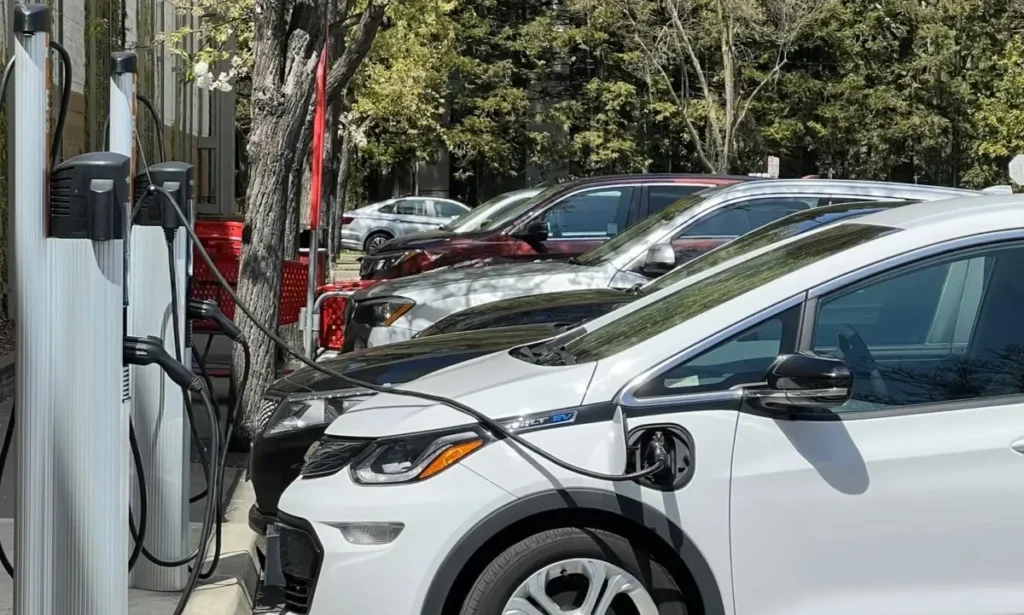Electric cars are becoming more popular every year, but owning one comes with a big question where will you charge it? A new report from Telemetry, a Michigan-based research and communications agency, shows that charging at home is key to boosting EV sales. The problem is, not everyone has the setup to make it work. Home chargers especially the faster Level 2 chargers are the most convenient way to keep an electric vehicle running. But for many households, installing one isn’t simple. A lot of garages are too full to fit a car, and many older homes aren’t equipped with the right electrical systems.
The Real Cost of Installing a Charger
Installing a home charger isn’t cheap. On average, a Level 2 charger costs around $2,000 to set up. That number can rise quickly if your home’s wiring or breaker box needs an upgrade. Some houses built decades ago run on limited electrical systems that can’t handle the extra load. Sam Abuelsamid, vice president of research at Telemetry, explained the issue clearly “If your breaker panel is on the opposite side of the house, just running the wiring can add hundreds of dollars. If you need to upgrade your panel, you’re looking at thousands.”
Why Renters Have It Harder

Owning your home makes it much easier to install a charger. In fact, Telemetry found that 80% of EV owners also own their homes. Renters, on the other hand, often don’t have the option. In multifamily buildings apartments and condos only 11% of EV drivers say they have access to charging where they live. That leaves most renters relying on public charging stations, which are less convenient and sometimes more expensive. The problem is especially visible in cities like Detroit. According to the U.S. Census Bureau, only 54% of housing units there were owner-occupied in 2023. With so many people renting, at-home charging remains out of reach for a large part of the population.
Public Charging Isn’t Enough
Public charging stations are growing, but they’re not a replacement for home charging. The National Renewable Energy Laboratory reports that about 42% of homeowners already park near electrical access that could be adapted for a charger. If more people cleared out their garages, that number could rise to nearly 70%. But building enough charging infrastructure across the U.S. and Canada by 2035 comes with a hefty price tag up to $143 billion, according to Telemetry. Homeowners themselves are expected to spend up to $50 billion of that total.
EV Sales Keep Rising Anyway
Even with these challenges, EV sales are climbing. In July 2025 alone, more than 130,000 EVs were sold in the U.S., a 20% jump from the year before, according to Cox Automotive. Many buyers rushed to take advantage of the federal $7,500 EV tax credit, which is set to expire under recent policy changes. Still, experts warn that adoption is slower than automakers had hoped. “EVs are not yet at price points that excite the mass market, and range anxiety is still a major hurdle,” said Lenny LaRocca of KPMG. Without easy home charging, many drivers remain hesitant to make the switch.
What the Future Could Look Like
Telemetry forecasts that by 2035, EVs could make up 20% to 44% of all new car sales in North America. That would mean tens of millions of new EV owners and millions of new chargers installed at home. For some households, preparing for this future might be as simple as cleaning out the garage. For others, it could mean costly electrical upgrades. Either way, if electric vehicles are to become truly mainstream, solving the home charging problem is just as important as building better cars.



